Have you ever wondered the food you are consuming is safe or not? Did you know that consuming unsafe food leads to food poisoning and other serious health issues? According to World Health Organization data, 1 in 10 people fall ill consuming contaminated food around the world and there are 420,000 deaths annually. Let’s look at ways by which food safety be improved in the home environment.
Methods To Keep Food Safe
Quick Navigation
1. Cleanliness And Hygiene
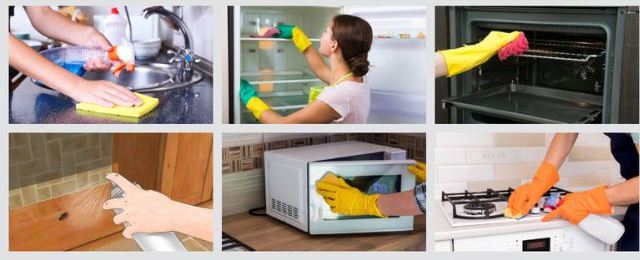
Your kitchen slab is where all the action takes place. You keep all the utensils, chopping, and cutting boards in the kitchen. To avoid germs going to your food you should properly clean your kitchen and utensils. You should wash your utensils after working with each food item.
Every nook and corner of your kitchen should be clean and germ-free. The kitchen and utensils should be sanitized periodically. Personal hygiene is something that should not be overlooked. Always clean your hands with soap and water for at least 20 seconds. Wash before and after handling food.
Your storage item i.e. refrigerator should also be cleaned and properly disinfected at regular intervals. Put a refrigerator lock on your refrigerator. You should be careful not to splash water from the sink during the washing of meat, poultry, fish, and eggs because it can lead to the spreading of bacteria. You should properly rinse vegetables and fruits in running water. You should always dry fruits and vegetables using a paper towel or clean towel. Make sure you check properly that your refrigerant is not leaking from somewhere. You can use a good refrigerant detector to check the leakage. Moreover, if you find out that your refrigerant is leaking, make sure to use a refrigerant recovery machine recover it.
2. Buy
You should always put meat, dairy, and fish in your shopping cart last. If the time taken to reach the supermarket from your home is 1 hour then you should carry a cooler or insulated bag for the items mentioned above. Check for the expiration date. Avoid buying meat or fish that has a strange smell and look. Before buying eggs make sure the eggs are clean and without any cracks.
3. Temperature Danger Zone
Bacterial growth is rapid between temperatures 40 degrees Fahrenheit and 140 degrees Fahrenheit. The temperature range mentioned is called the Temperature Danger zone. Between these temperature ranges bacteria doubles in number within 20 minutes.
Follow these points to keep your food out of the temperature danger zone:
- Cook your food properly. If you are not serving hot food right away ensure the food temperature is 140 degrees Fahrenheit or above.
- Improper cooling of food leads to foodborne illness. Your food can introduce bacteria even after being safely cooked. Hence you should quickly cool and refrigerate food below 40 degrees Fahrenheit within two hours.
- Always make sure that the food is kept in the refrigerator within 2 hours.
- Properly heat food to temperatures above 140 degrees Fahrenheit when consuming leftover refrigerated food.
4. Cold Food Storage
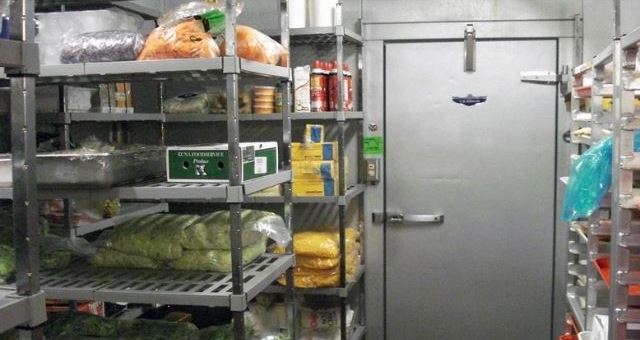
Cold food storage is done to store perishable foods like fruits, vegetables, fish, and meat by regulating temperature and humidity for longer periods. You should visit the link to find out the storage time and optimum temperature required to store food in the refrigerator, freezer, and pantry.
With refrigerated foods, you should use a FIFO system. FIFO is first in and first out. Basically what this means is that you should cook and consume food that has been refrigerated first. You can also label your foods to act as a reminder. You can discard foods that have been stored for a long.
Advantages of Cold Food storage are:
- Food poisoning risk is reduced.
- You can store food safely for longer periods.
- You do not have to cook again and again at regular intervals.
- Cook the food once, consume the food, and if food is left store the food in the refrigerator.
- You can reheat the food in the refrigerator to an optimum temperature and consume it again.
- You will considerably save time and money.
At regular intervals, you should call a professional to check your refrigerator. A refrigerator that works properly can keep your food safe.
5. Know The Source Of Your Ingredients
To have a safer meal you should know where your food comes from. You should try to buy as many organic raw materials for your food from a store or a person you can trust. You can enquire about the raw materials you are purchasing from your local shopkeeper.
You should always try to avoid packaged foods. Packaged foods have preservatives that damage your health in the long run. You should always check the expiration date before buying food.
6. Cool Your Food
The safest way to store leftover food is to never leave leftover food at room temperature for more than two hours. Always store leftover food in an airtight container and cool adequately before putting it inside the fridge.
7. Separate
It is very important to separate your food. You should never keep raw meat, eggs, poultry, seafood, and ready-to-eat foods together. Raw food can spread germs to ready-to-eat foods. Also, you should use separate cutting and chopping boards for raw food like meat, eggs, poultry, and seafood. When you buy groceries keep the juices of raw meat, eggs, poultry, and seafood away from other foods.
8. Cook Food
You can safely cook food only when the temperature of the food is high enough to kill the germs in your food. You cannot tell if the food is safely cooked by seeing the colour or the texture of the food. The only way is when you use a food thermometer. You should not forget to use a food thermometer every time you are cooking.
Food thermometers help you to check the internal temperature thereby ensuring that foods are cooked to a safe internal temperature. You should visit the website to know about safe minimum cooking temperature.
9. Chill Your Food
You should avoid keeping your food in a temperature danger zone. Therefore chilling your food helps in stopping bacterial growth.
You should remember the following things when chilling foods:
- Avoid keeping your food in the temperature danger zone. Use a food thermometer to check the temperature. You should keep perishable items in the fridge or refrigerator.
- Avoid overcrowding in your refrigerator to ensure circulation of proper cold air.
- Always cook raw meat, poultry, and seafood within two days of purchasing. You should immediately freeze raw meat, poultry, and seafood if you are not cooking them.
- You should use a storage chart for storage times for perishable foods.
- Keep marinated foods in the refrigerator. Marinated foods are acidic but cannot prevent bacterial growth if left at room temperature.
- If you are not sure for how long a food has been kept in the refrigerator, discard the food immediately.
- Leftover food should be kept in the fridge within two hours. Consume leftover food kept in the fridge within four days or sooner.
You should never consume food directly which has been taken out from the fridge and kept to warm. You should heat the food first.
Importance Of Food Safety
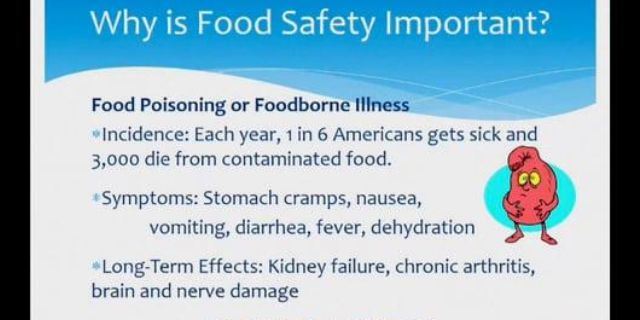
There are millions of people getting sick and thousands die due to foodborne illness and food poisoning. Protecting your family from foodborne illness and food poisoning should be your primary objective.
Food poisoning can be treated at home but sometimes it can be serious requiring urgent medical attention. Therefore it is important to keep your food safe for your loved ones. Make sure that in the time of emergency you have a good medical box with all the prescribed drugs.
Ten Things You Can Do To Ensure Food Safety
- Ensure that the food is safe and hygienic.
- Always buy food from trusted shopkeepers and brands. Check for the expiration date.
- Keep your kitchen, cooking utensils, and equipment clean.
- You should also ensure personal hygiene when handling food. You should tie back your hair so that your hair does not fall on food. Wash your hands with soap and water. Wear clean clothes so that germs do not transfer to the food.
- Always try to avoid the temperature danger zone for your food.
- Cook your food properly.
- Avoid consuming raw food. Raw foods should be properly washed before serving or consuming. You should wash Fruits and salads in clean water.
- Use a storage chart for perishable items.
- Leftover food should be stored in the fridge within two hours. Consume leftover food within four days or earlier.
- If you are not sure when the leftover food has been kept in the fridge or a perishable item has exceeded its expiry date, the golden rule, in this case, is to discard the food or item.
Final Talk
Food safety should never be overlooked because it leads to foodborne illness or food poisoning. Everybody should have access to safe food. Safe food reduces the risk of diseases and deaths which have been caused due to consumption of unsafe food. Safe food also reduces the financial burden incurred due to hospitalization. You can also keep chronic diseases at bay by consuming safe food. Therefore you should always strive to improve food safety in a home environment.


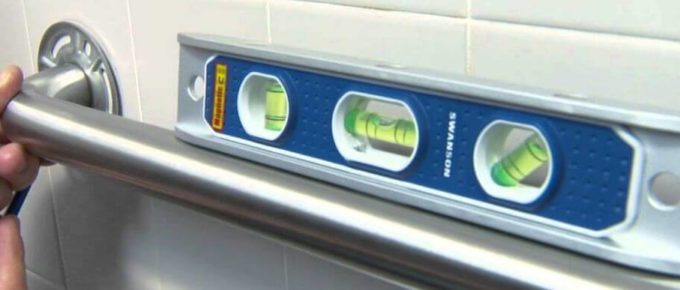
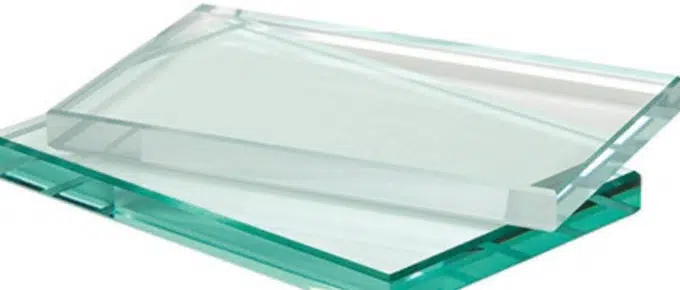

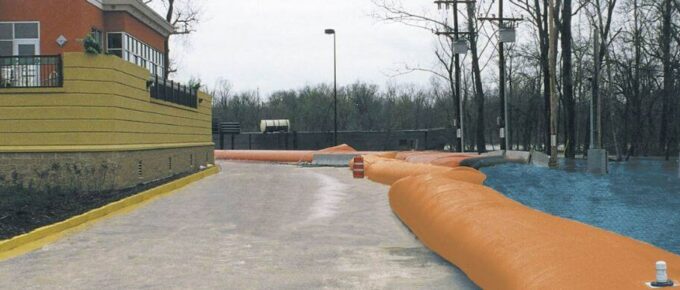

Leave a Reply